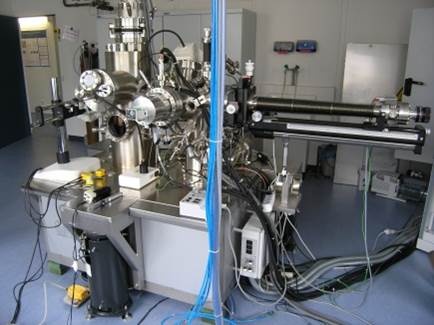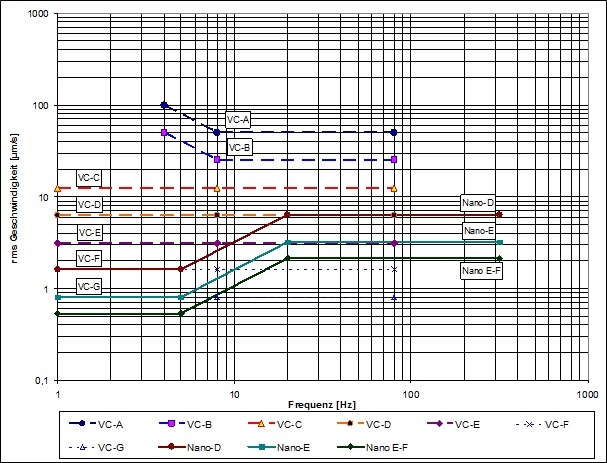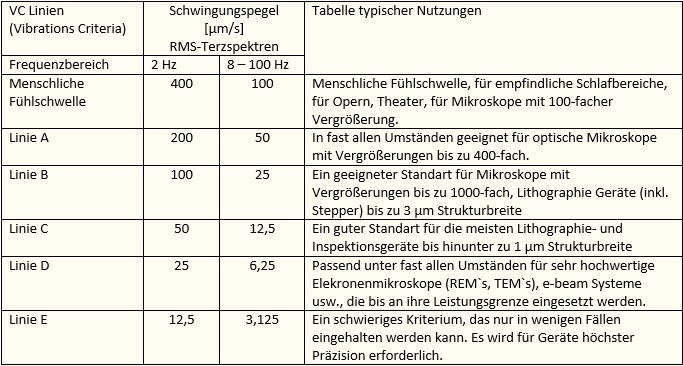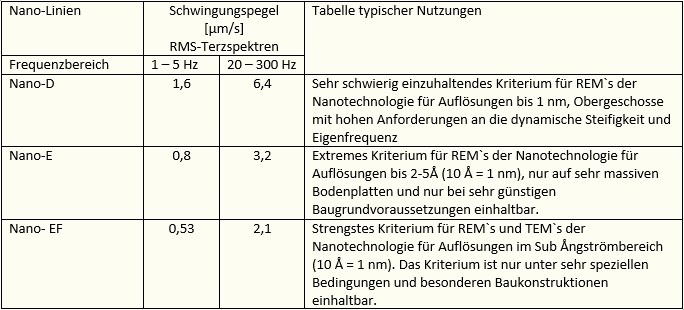Non-sensible vibrations
When highly vibration-sensitive equipment is to be used in a building, even non-sensible vibrations are a key issue in structural dimensioning. Dimensioning of "normal" buildings misses the mark here - they are mainly based on load capacity verifications. Deformations can sometimes be in the "cm" range.
Buildings for vibration-sensitive equipment must additionally be examined for their structural dynamic serviceability, since the requirements related to the dynamic deformations (vibration amplitudes) are often in the sub-micrometer range and thus millions of times (1,000,000 times) more stringent.
Load cases
The main load cases that do not play a role in structural design, but are important for serviceability in terms of structural dynamics, are:
- Ground vibrations (impressed external action)
- Person-induced vibrations (internal action, e.g., "walking")
- Emission from equipment (internal influence, e.g.: building services)
Vibration requirements and definition of vibration limits
The vibration requirements of a sensitive device result from its desired manufacturing accuracy for production tools, its desired resolving power for microscopes, and its internal vibration behavior.
For more than 20 years, so-called VC curves (Table 1) have been used for vibration-sensitive production equipment. Recently, additional limit definitions have been used to accommodate the latest vibration-sensitive devices in nanotechnology. As with the VC curves, these are third-octave spectral values (Table 2).
VC curves
- Table 1: VC curves (original from BBN, Los Angeles, ca.1980)




